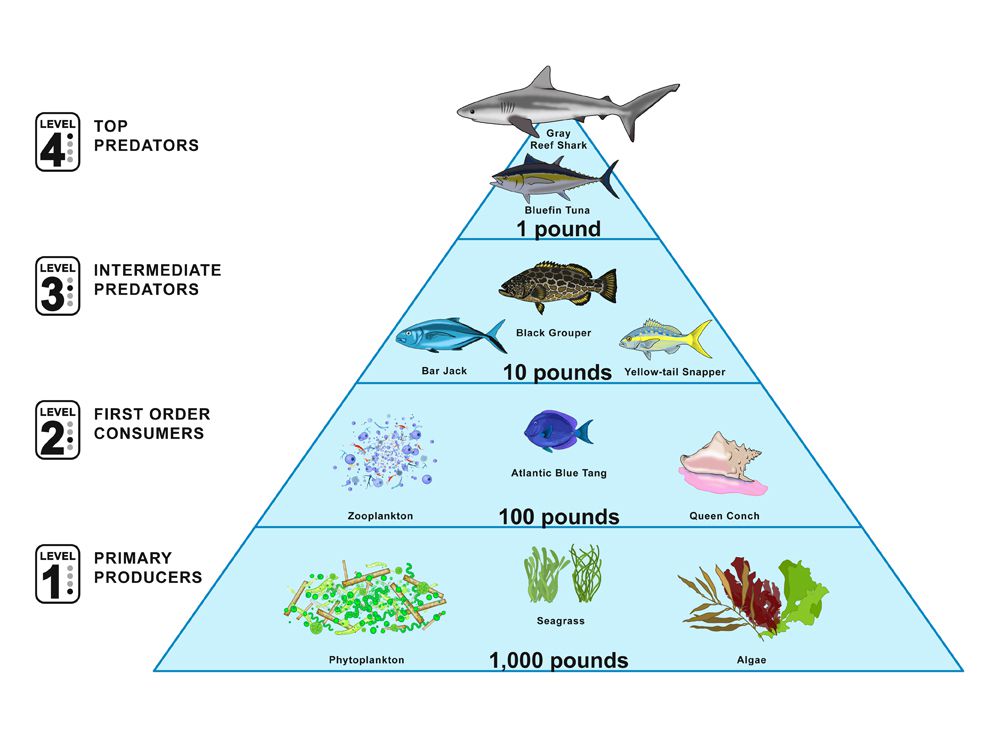

While parents and policymakers might hope that playing Mozart recordings to newborns will produce epigenetic changes that enhance cognitive development, there is absolutely no scientific evidence that such exposure will shape the epigenome or enhance brain function. Despite some marketing claims to the contrary, the ability of so-called enrichment programs to enhance otherwise healthy brain development is not known.The “biological memories” associated with these epigenetic changes can affect multiple organ systems and increase the risk not only for poor physical and mental health outcomes but also for impairments in future learning capacity and behavior.


Injurious experiences, such as malnutrition, exposure to chemical toxins or drugs, and toxic stress before birth or in early childhood are not “forgotten,” but rather are built into the architecture of the developing brain through the epigenome. Although frequently misunderstood, adverse fetal and early childhood experiences can-and do-lead to physical and chemical changes in the brain that can last a lifetime.Thus, while genetic factors exert potent influences, environmental factors have the ability to alter the genes that were inherited. But that is only part of the story-the environment in which one develops, before and soon after birth, provides powerful experiences that chemically modify certain genes which, in turn, define how much and when they are expressed. Variations in DNA sequences between individuals certainly influence the way in which genes are expressed and how the proteins encoded by those genes will function. Contrary to popular belief, the genes inherited from one’s parents do not set a child’s future development in stone.The following misconceptions are particularly important to set straight. That lack of understanding led to several misleading conclusions about the degree to which negative and positive environmental factors and experiences can affect the developing fetus and young child. Until recently, the influences of genes were thought to be set, and the effects of children’s experiences and environments on brain architecture and long-term physical and mental health outcomes remained a mystery. Correcting Popular Misrepresentations of Science This explains why genetically identical twins can exhibit different behaviors, skills, health, and achievement. This collection of chemical marks is known as the “ epigenome.” The different experiences children have rearrange those chemical marks. This in-depth working paper explains how genes and the environment interact, and gives recommendations for ways that caregivers and policymakers can effectively respond to the science.ĭuring development, the DNA that makes up our genes accumulates chemical marks that determine how much or little of the genes is expressed. Working Paper 10: Early Experiences Can Alter Gene Expression and Affect Long-Term Development Learn more about the physical and chemical processes that take place as part of the creation of the epigenome. Nurture is no longer a debate-it’s nearly always both! More Information on Epigenetics Thus, the old ideas that genes are “set in stone” or that they alone determine development have been disproven. In fact, scientists have discovered that early experiences can determine how genes are turned on and off and even whether some are expressed at all. New scientific research shows that environmental influences can actually affect whether and how genes are expressed.


 0 kommentar(er)
0 kommentar(er)
